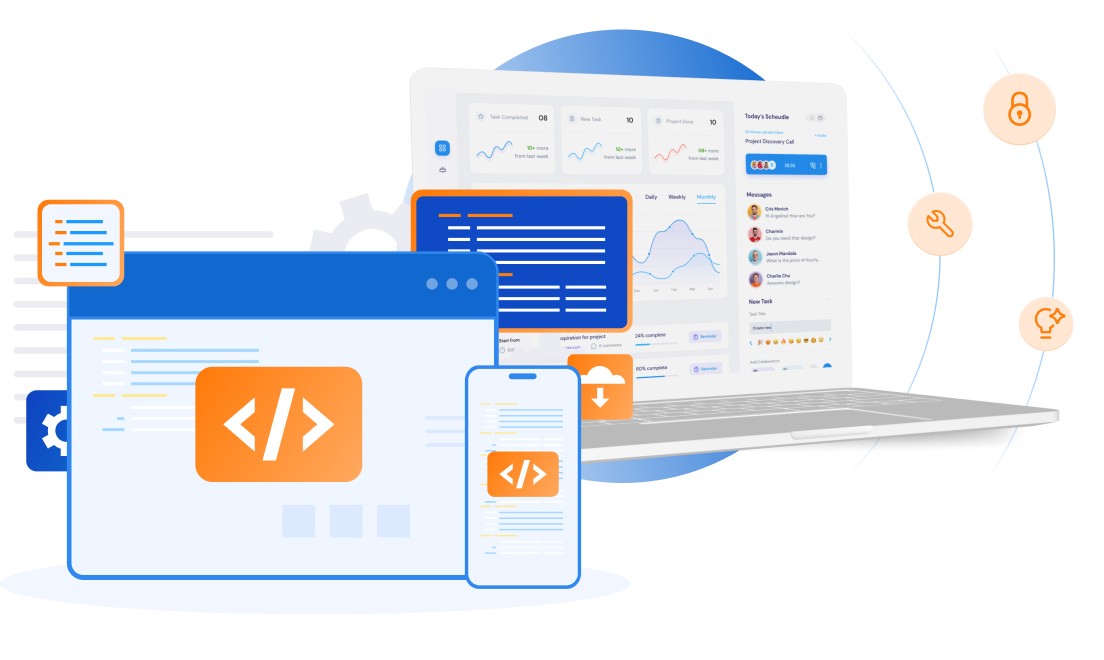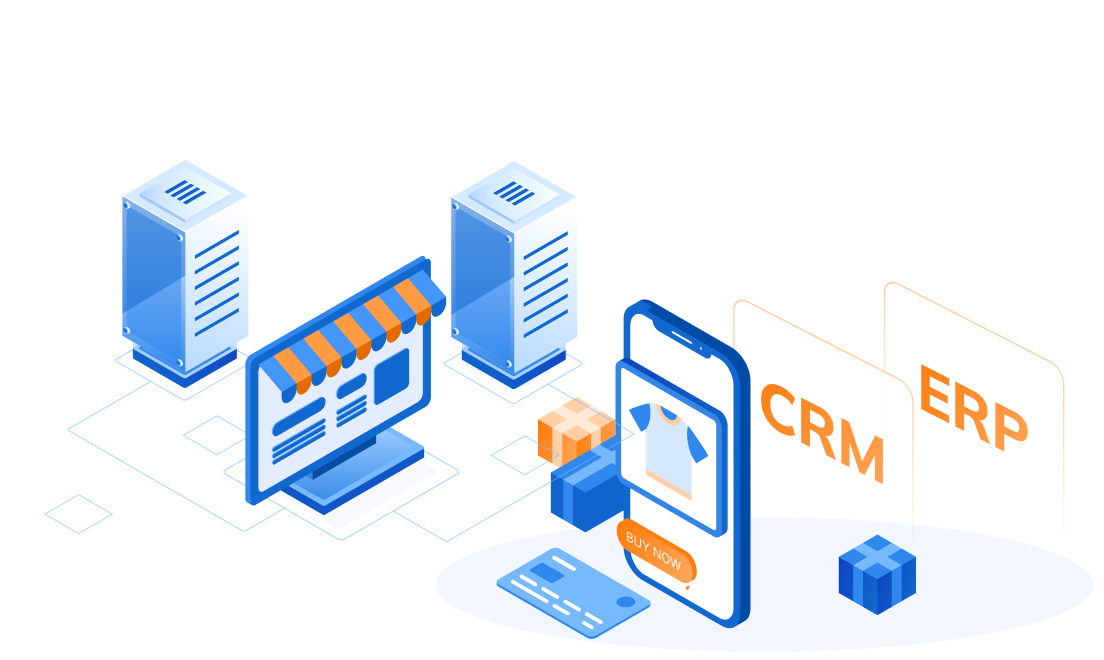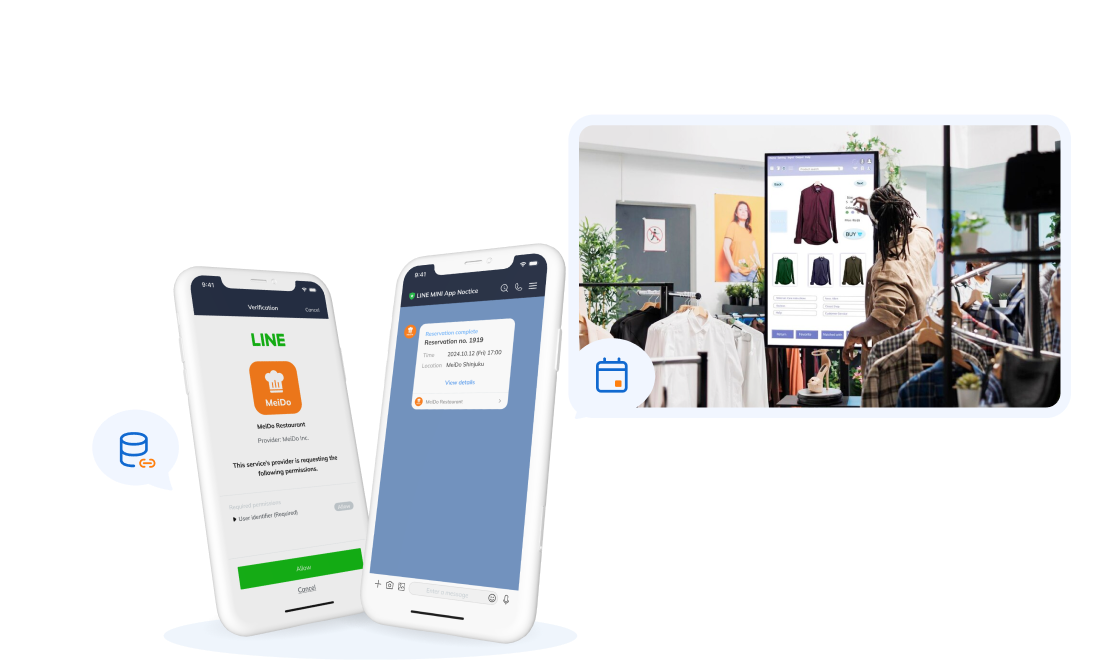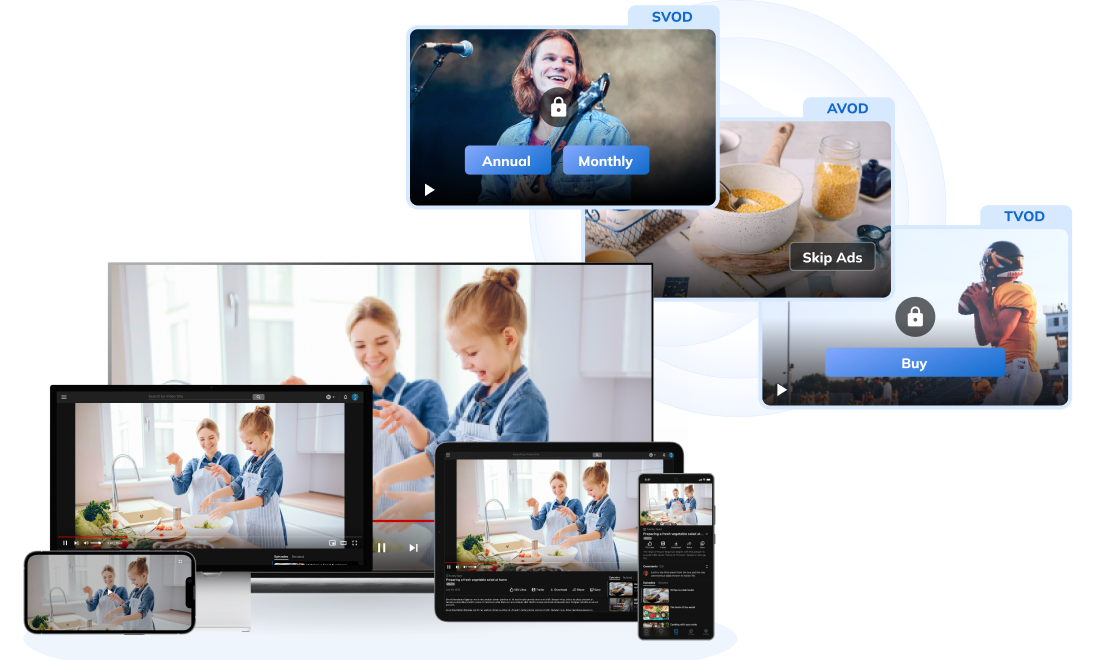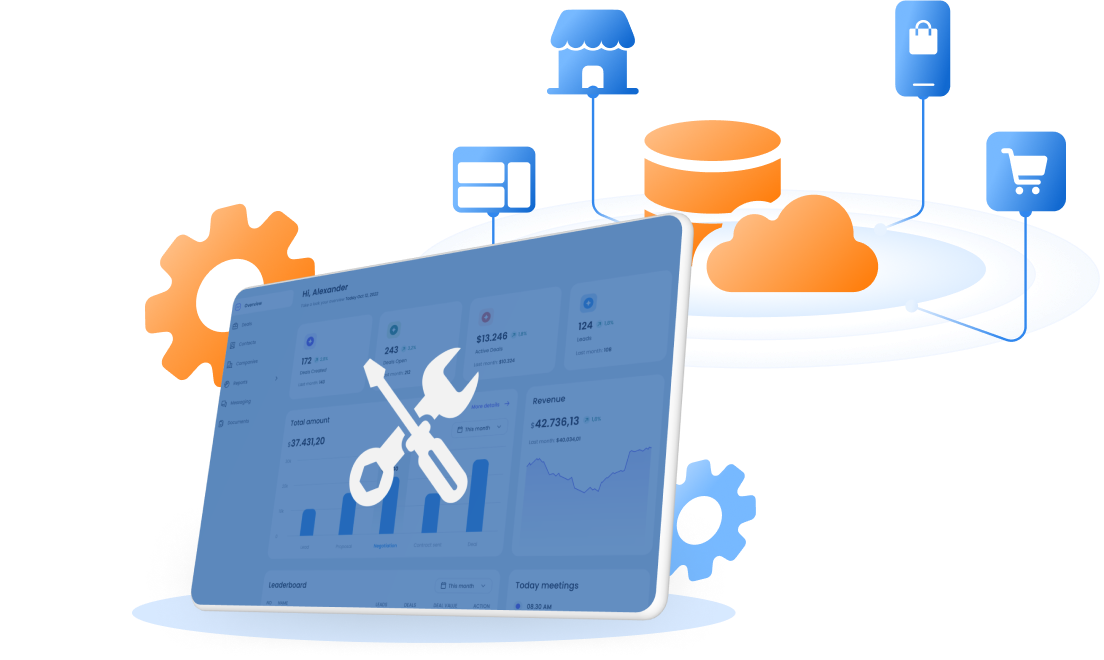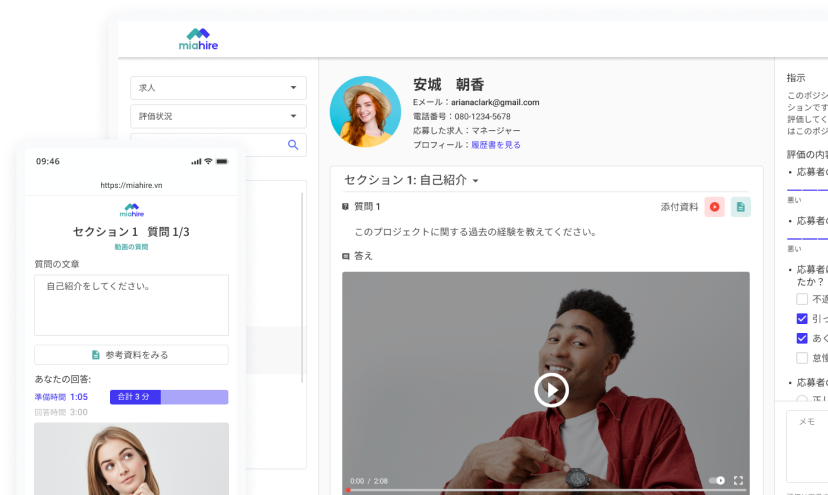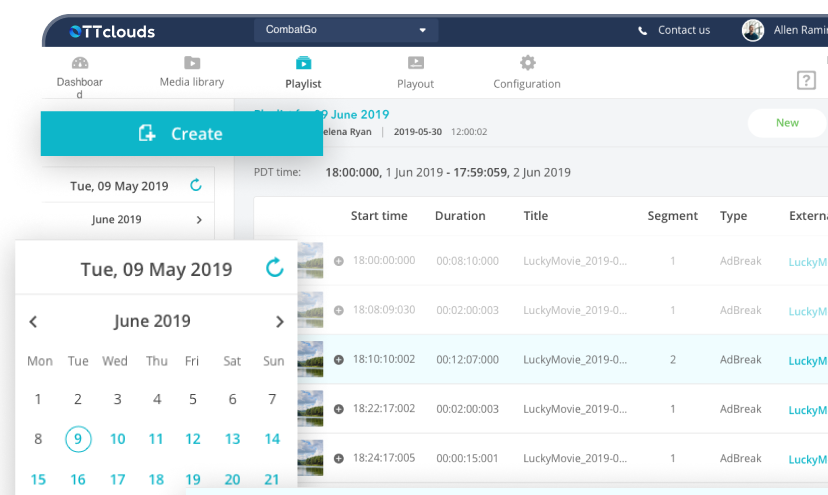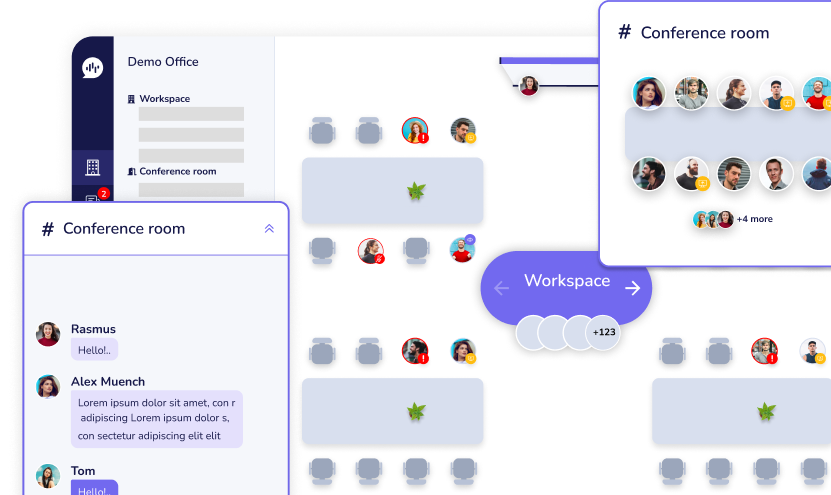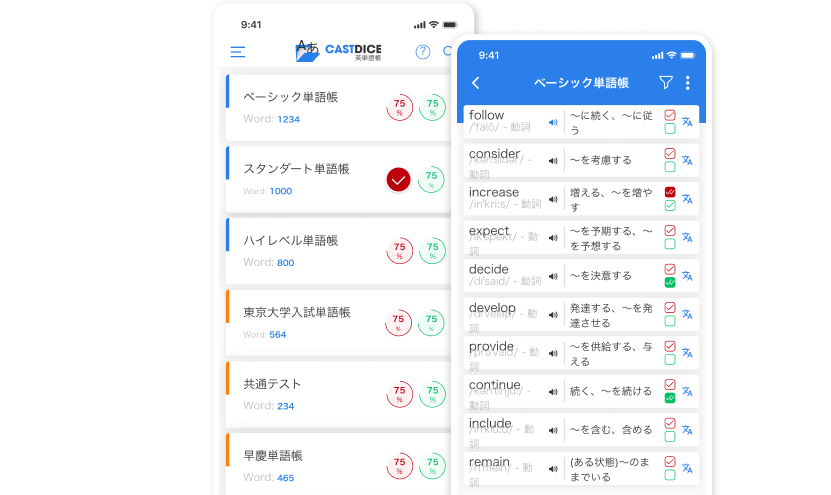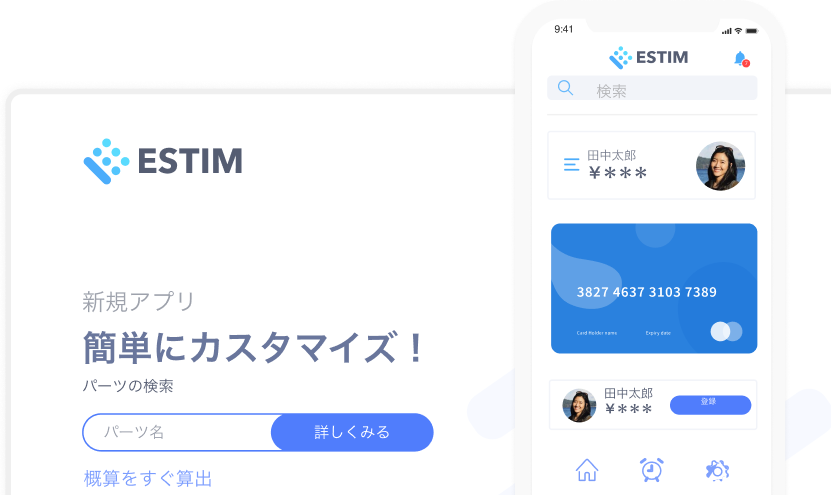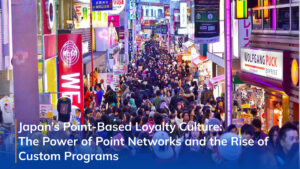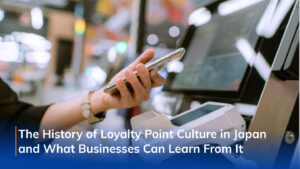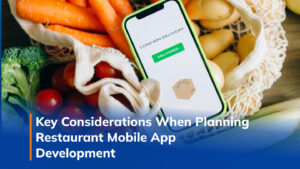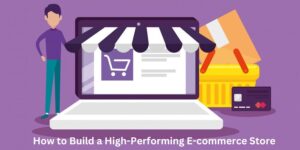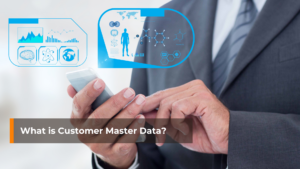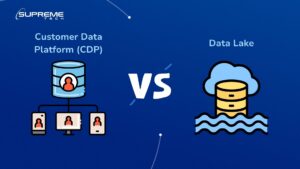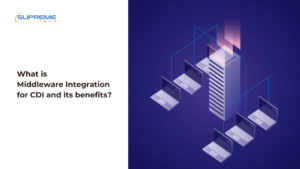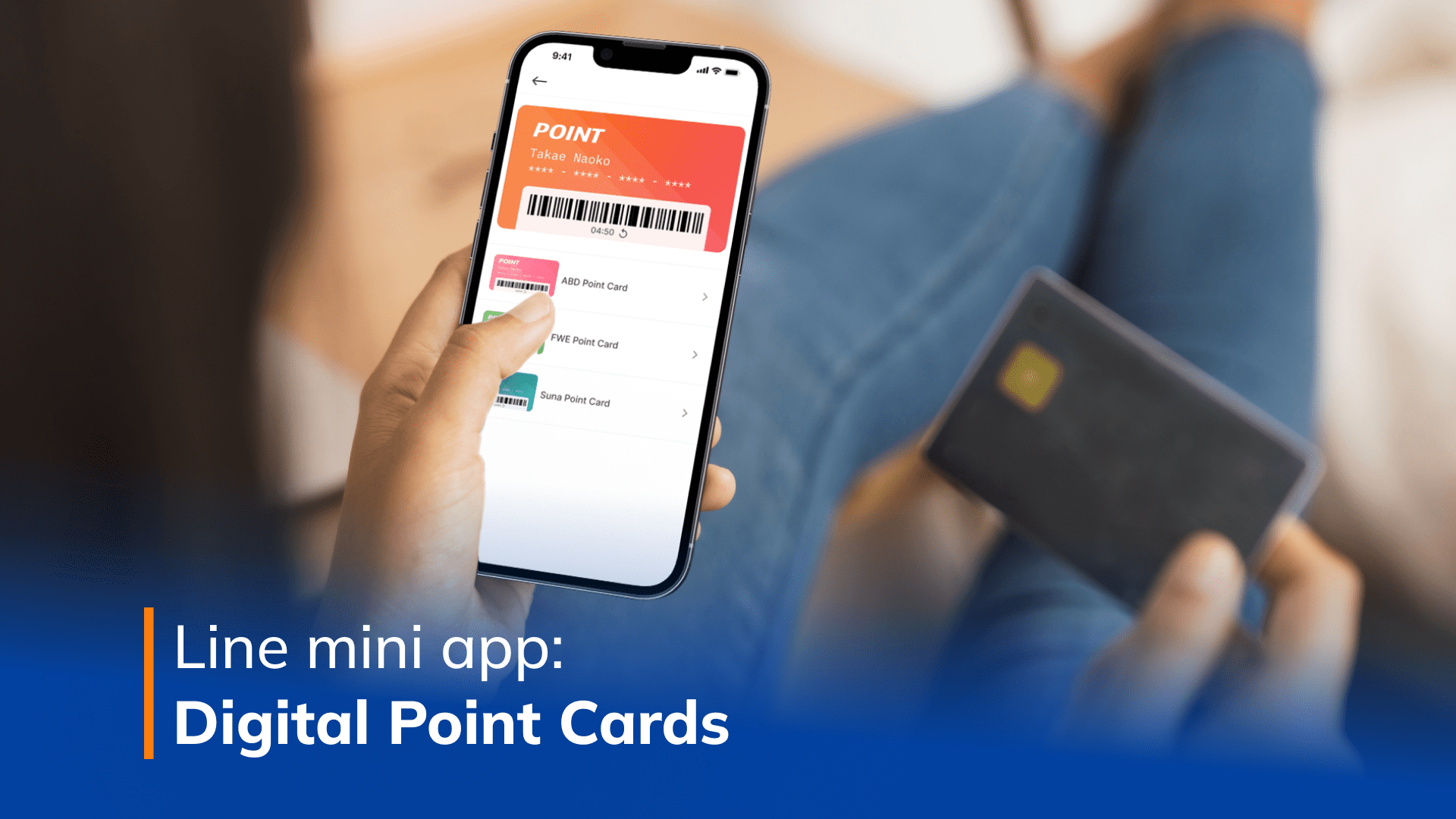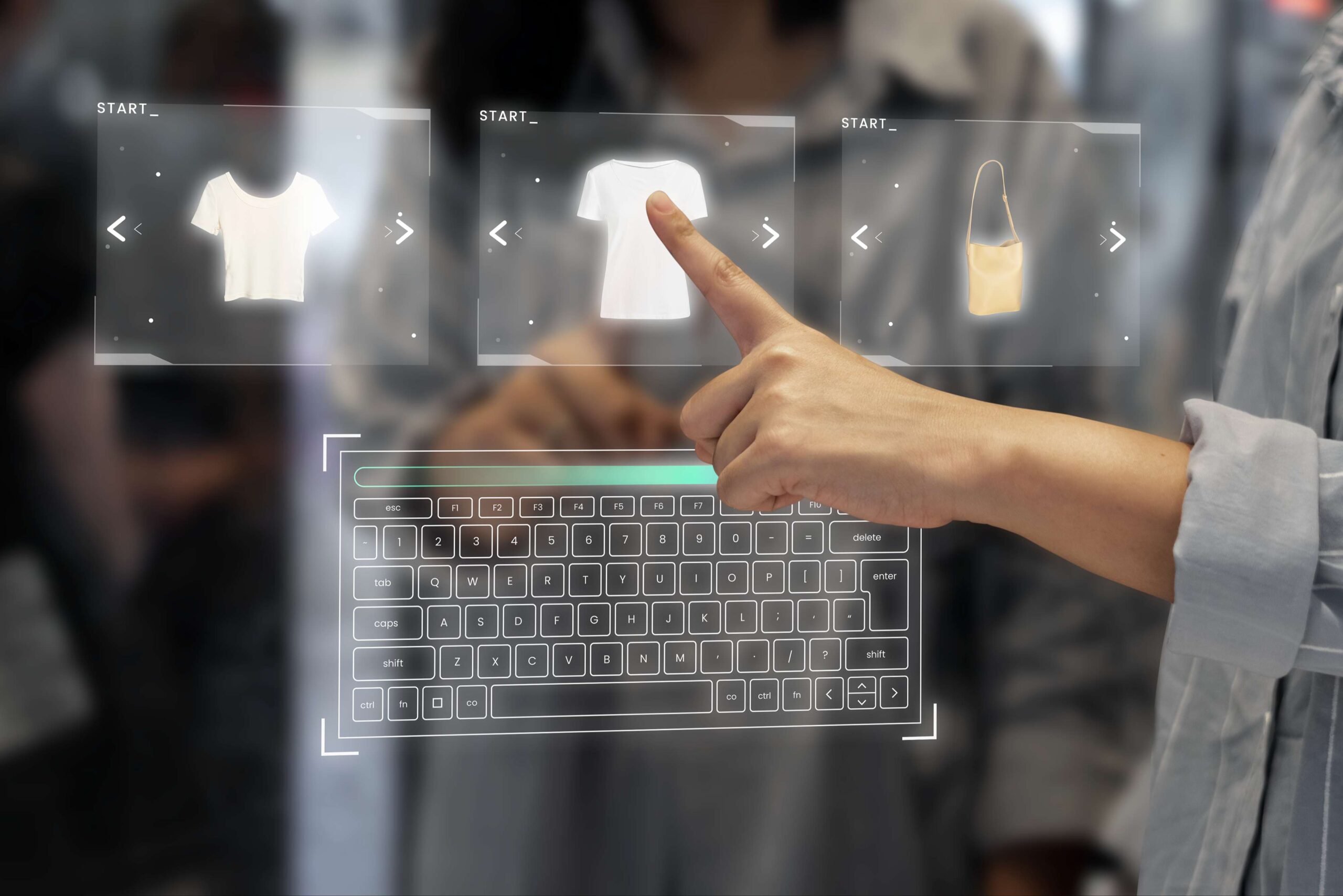Retail
+0
Inside Japan’s Point-Based Loyalty Culture: The Power of Point Networks and the Rise of Custom Programs
In our article The History of Point Culture in Japan and What Businesses Can Learn From It, we got a chance to explore how loyalty programs in Japan evolved from humble stamp cards to mobile-first systems, and how the habit of collecting points became a part of everyday life. This follow-up takes the story further. Today, Japan’s loyalty economy is powered by two major forces. On one side, nationwide networks such as Rakuten, d POINT, and the newly merged T-Point/V-Point dominate at massive scale, influencing where people shop, how they pay, and even how they invest. On the other, retail giants and luxury brands are increasingly building their own custom loyalty programs to secure financial control, protect their brand identity, and design experiences tailored to their customers. Together, these trends reveal why loyalty in Japan is not just a marketing tactic, but a strategy to shape the future of retail. The Dominance of Major Point Networks When it comes to loyalty points in Japan, the scale is impressive. Some programs have grown so large that they function almost like economies of their own, shaping where people shop, how they pay, and even how they invest. This success is deeply tied to Japanese consumer culture. According to the World Bank, households in Japan collectively hold savings worth more than USD 1.3 trillion. With this cautious mindset, loyalty programs resonate strongly because they speak to the instinct to save, while still delivering the little thrill of getting something “extra” from everyday spending. The numbers highlight just how powerful this model has become. In 2023 alone, Japanese companies issued more than ¥2.65 trillion worth of reward points, a figure that continues to rise. For payment providers and retailers, these points are far more than giveaways. They are strategic tools to lock customers into ecosystems: once you start collecting Rakuten Points or d POINTs, you are more likely to keep shopping, paying, and even investing within that network. In fact, points are even crossing into finance. Rakuten Securities now allows members to use Super Points to buy stocks. For many younger consumers, this lowers the barrier to investing turning spare points from online shopping into their very first financial assets. It’s a clever way to both reward loyalty and build new habits for the future. By 2024, a handful of nationwide programs dominate the loyalty landscape: Rakuten Points (59.3% of consumers), T-Point (48.3%), Ponta (40.5%), d POINT (38.9%), and PayPay Points (38.1%). One of the most significant shifts came in 2022, when T-Point and V-Point announced a merger, creating one of the largest loyalty networks in Japan. This consolidation was more than just two brands joining forces, it was a sign of how competitive the loyalty market has become. By combining their strengths, the new program ranked among the country’s top five ecosystems, with the scale to challenge even Rakuten and d POINT. For consumers, it meant broader usability of points across more merchants; for businesses, it highlighted the reality that loyalty is no longer optional, but a key battleground for customer engagement. For consumers, this makes everyday life easier. For businesses, it creates pressure: join one of the big networks or risk being left out. Together, these point economies demonstrate how loyalty has evolved from a simple perk into one of the most powerful forces in Japanese retail. Custom Point-Based Loyalty Programs Trend Led by Japan’s Giant Retailers and Luxury Brands Alongside these giant loyalty networks, another trend is emerging: the rise of custom loyalty programs. Retail groups, department stores, and lifestyle brands are increasingly building their own systems instead of joining national coalitions. AEON has expanded WAON Points across its malls and supermarkets, Don Quijote uses its own Majica card, and FamilyMart now pushes FamiPay rather than relying on T-Point. In the department store sector, Isetan Mitsukoshi runs MI Points with VIP tiers, while Daimaru Matsuzakaya offers an app-based membership program that doubles customer spending compared to non-members. Even lifestyle brands are using loyalty to reinforce their identity. MUJI, for example, runs its MUJI Passport app, which rewards shoppers with points for purchases, grants birthday perks, and offers early access to events or new collections. The app integrates seamlessly across MUJI’s online and physical stores, while its clean design reflects MUJI’s minimalist brand philosophy. It shows how custom programs can be more than just a tool for discounts, they can strengthen the relationship between brand and customer by staying true to the company’s values. >>> Read more related articles: Restaurant Mobile Ordering App: Transform or Lag behind the CompetitionHow Loyalty Apps Can Improve Customer Lifetime Value (CLV) Why Luxury Brands Are Creating Their Own Loyalty Financial Control & Profitability One of the biggest reasons luxury brands and retailers choose to run their own point systems is financial. Large national networks charge brands based on user activity, meaning the more customers use points, the more the brand pays out in fees. On top of that, when points issued by third-party systems expire, the unclaimed value is recognized as profit for the operator of that network, not for the brand. By creating their own loyalty system, brands can keep this financial upside in-house, turning expired points into pure profit and avoiding ongoing external charges. Ownership of Customer Data & Identity When a retailer runs its own loyalty program, it gets direct access to data: what customers buy, when, where, how often. More than that, it can design the “feel” of the loyalty experience, how it looks in the app, what kinds of rewards are offered, and how membership levels are structured. For many brands, preserving this identity is crucial. Customers don’t just want generic points; they want rewards and interactions that feel part of that specific brand’s atmosphere. Customizable Rewards & Campaign Flexibility This is perhaps the most important reason why brands want to have a private system. This gives brands the ability to customize how points are earned and redeemed in line with their marketing strategy. They can run x2 or x3 point multipliers during exclusive campaigns, convert points into vouchers for specific products, or target promotions to selected customer segments. This kind of precision is nearly impossible with third-party networks, where point accrual and redemption rules are standardized. For luxury brands, that flexibility is key, which allows them to design campaigns that not only drive sales but also strengthen their brand story and exclusivity. Financial Comparison: Networks (Coalition) vs. Custom (Own) Loyalty Programs TopicGiant Loyalty NetworksCustom Loyalty AppExpired PointsWhen points expire, the value usually stays with the coalition operator, not the brand.The brand keeps all the value from expired points as pure profit.Market ScaleCoalitions dominate because of large networks (e.g. T-Point, Rakuten). Brands may feel forced to join for reach.Own programs are smaller but allow full value capture and closer customer ties.Customer Data OwnershipLimited: coalition networks keep most customer data, and brands only see summary reports.Full: brand knows exactly who buys, what, when, and where, enabling stronger personalization.Profit ImpactSome profits are lost to fees and expired points that go to the coalition.All upside stays with the brand, improving long-term profit. Challenges of Building Custom Loyalty App Of course, building a custom loyalty program is not without trade-offs. Unlike joining a nationwide network, brands must shoulder the responsibility themselves. That means investing in the right technology, maintaining a seamless user experience across online and offline channels, ensuring data security, managing the costs of rewards, and keeping members engaged through ongoing campaigns. This is where the right technology partner makes all the difference. At SupremeTech, we’ve worked with Japanese retailers and service providers to design loyalty ecosystems that are both scalable and brand-authentic. From integrating mobile wallets and e-commerce platforms to building real-time data pipelines that unify customer behavior, our teams help brands modernize without losing their unique identity. A good example is where we developed a custom Shopify app to streamline our client loyalty data pipeline across offline POS, e-commerce, and mobile. By connecting these touchpoints, the client could finally unlock a “single source of truth” about customer engagement enabling smarter campaigns, cleaner data, and ultimately stronger loyalty outcomes. (You can read the full case study here: Shopify Custom App to Streamline Loyalty Data Pipeline) The lesson is clear: technology should amplify tradition, not replace it. With the right architecture and an experienced partner, brands can turn the century-old Japanese habit of point collecting into a modern, data-driven loyalty engine that is ready for the future. What Businesses Can Learn from Japan’s Loyalty Culture The first lesson is to make the process effortless. In surveys, over 87% of Japanese point collectors said their ideal is to earn loyalty points rewards without realizing it. The best programs don’t force customers to jump through hoops. Instead, they tie points automatically to common actions like mobile payments, train rides, or even buying lunch at a convenience store. The second lesson is to build ecosystems, not stand-alone programs. Rakuten, Docomo, and PayPay succeed because they integrate points across multiple industries shopping, banking, telecom, travel. Each service feeds into the same pool of rewards, creating a closed loop where leaving the ecosystem means losing value. This is what keeps customers engaged long-term. For businesses abroad, the takeaway is clear: don’t treat loyalty points as just another promotion. Treat them as part of your customer’s lifestyle. When loyalty points rewards are seamless, practical, and connected, they stop being an incentive and start becoming a habit. Conclusion: More than Just Points The story of Japan’s point based loyalty programs shows that loyalty is built transaction by transaction, habit by habit, until it becomes part of daily life. For businesses, it’s a reminder that the strongest rewards programs are not those that simply give discounts, but those that create ecosystems, engage emotions, and embed themselves into routines. At SupremeTech, we help businesses take on that challenge building custom apps, integrating e-commerce and designing real-time data pipelines that make loyalty seamless and scalable. Just as Japan has shown, loyalty done right is more than just a promotion. It’s a tradition transformed into a digital advantage. 📩 Read more articles about us here: https://www.supremetech.vn/blog/ ☎️Contact us to see how we can support your loyalty app strategy.
03/10/2025
754


